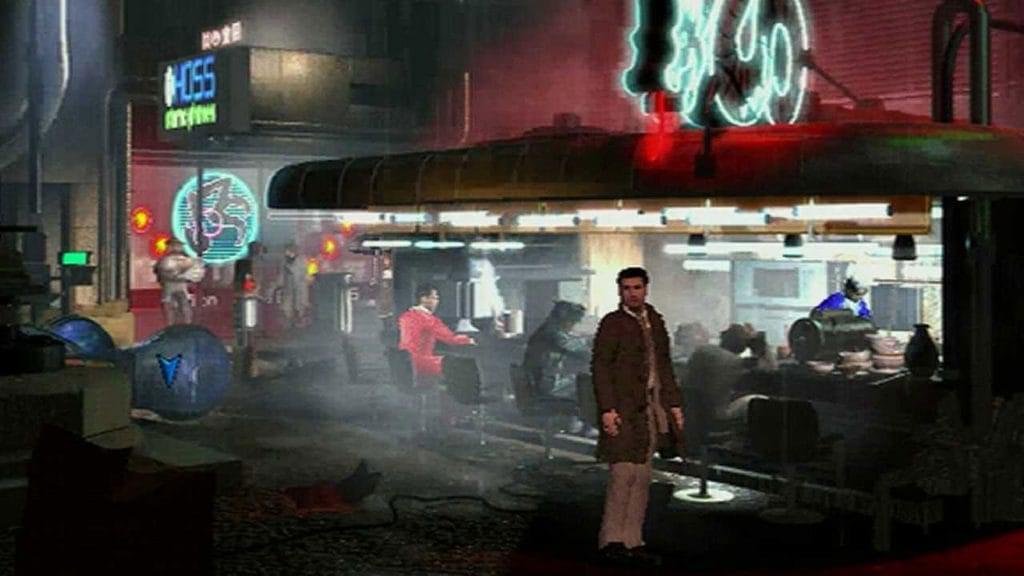
This review was originally published on April 4, 2012…
The film opens on a very lengthy shot of a fish tank. The camera pulls back to reveal a man with large glasses and an unsettling mustache. He’s clearly an actor portraying serial killer Jeffrey Dahmer, the necrophiliac cannibal who was convicted of the murder of seventeen men. “Is this not actually a documentary?” I wondered. Chris James Thompson could have made a dramatic narrative film. But he decided instead to get to the meat of the story by patching together reenactments from Dahmer’s quiet public life with first-hand accounts from the people who inadvertently got to know him better than anyone. The film doesn’t depict Jeffrey Dahmer’s human side, but rather, it shows a very detailed picture of the mask of humanity which he wore every day.
Although Thompson found an apt actor to play Dahmer (Andrew Swant), the interview subjects are best experienced first-hand, especially Dahmer’s former neighbor, Pamela Bass, and the lead police officer on the case. The two of them are characters in their own right. They, alongside the lead medical examiner, became three of Dahmer’s living victims.
Dahmer and Bass shared a seemingly ideal neighborly relationship. She would hang out in his apartment and they would chat over sandwiches that he made. The potential contents of those sandwiches, as well as a generally shocking breach of trust, still haunt her. They would greet each other in the hall and then he would get back to dismembering bodies on the other side of the wall that they shared. She has enough nightmare fodder to last the rest of her days.
The lead medical examiner, Dr. Jeffrey Jentzen, had the unfortunate job of sorting through the body parts they found stashed all over his apartment and attempting to assemble identifiable corpses. The audience hears about the head in the fridge and the jar full of penises, but we can only imagine how horrifying it must have been to have to get up close and personal with the atrocities that Dahmer committed.
The real star of the film is the police officer that led the investigation. Pat Kennedy is an engaging storyteller with a commanding mustache. He played the good cop during his three-day interrogation and eventually coaxed out a confession. But Kennedy’s involvement in the case bled into his personal life. In fact, the famous striped shirt that Dahmer wore during the trial was on loan from Kennedy’s son. Because of his weirdly congenial conversations with Dahmer, his co-workers joked that they were in a relationship. Meanwhile, the media frenzy and the long hours he kept put a tremendous strain on his family life.
Perhaps inspired by TV serial killer Dexter Morgan, the reenactments portray Jeff as he goes about his day. But unlike “Dexter,” it skips over the dastardly deeds showing only the casual way that Jeff runs normal errands alongside murderous ones. Through these scenes, the audience experiences what the rest of the world would have seen: A pleasant, if slightly curious, man going about his business.
His sinister errands, including buying a large barrel and dozens of bottles of bleach (and then carrying them home on a bus), were apparently not blatant enough to arouse suspicion. However, you’d think a hotel clerk would think something of a man who enters with a very light suitcase and leaves with a very heavy one. These scenes are an illustration of the classic account that witnesses give after a serial killer is caught. “He seemed so normal.”
Thompson’s documentary isn’t perfect, as it does leave an uninitiated audience wanting to know more. But it is definitely a good companion piece to the more traditional, informational documentaries out there. “Jeff” the film is a lot like Jeff the man. It seems nice and normal, but it leaves you with an unsettling feeling after you part company.
